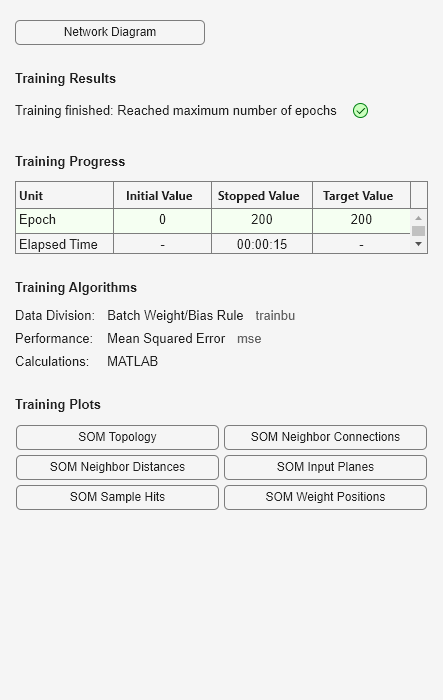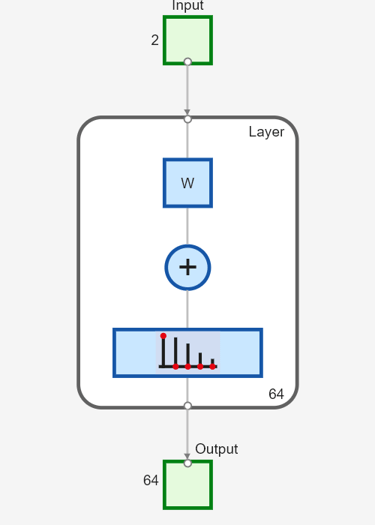selforgmap
自组织映射
语法
说明
自组织映射学习基于相似性、拓扑对数据进行聚类,并优先(但不保证)为每个类分配相同数量的实例。
您可以使用自组织映射对数据进行聚类并降低数据的维度。其灵感来自哺乳动物大脑中的感觉和运动映射,这些映射能按拓扑方式自动组织信息。
selfOrgMap = selforgmap(dimensions)
selfOrgMap = selforgmap(dimensions,coverSteps,initNeighbor,topologyFcn,distanceFcn)
示例
输入参数
输出参量
版本历史记录
在 R2010b 中推出
另请参阅
lvqnet | competlayer | nctool

